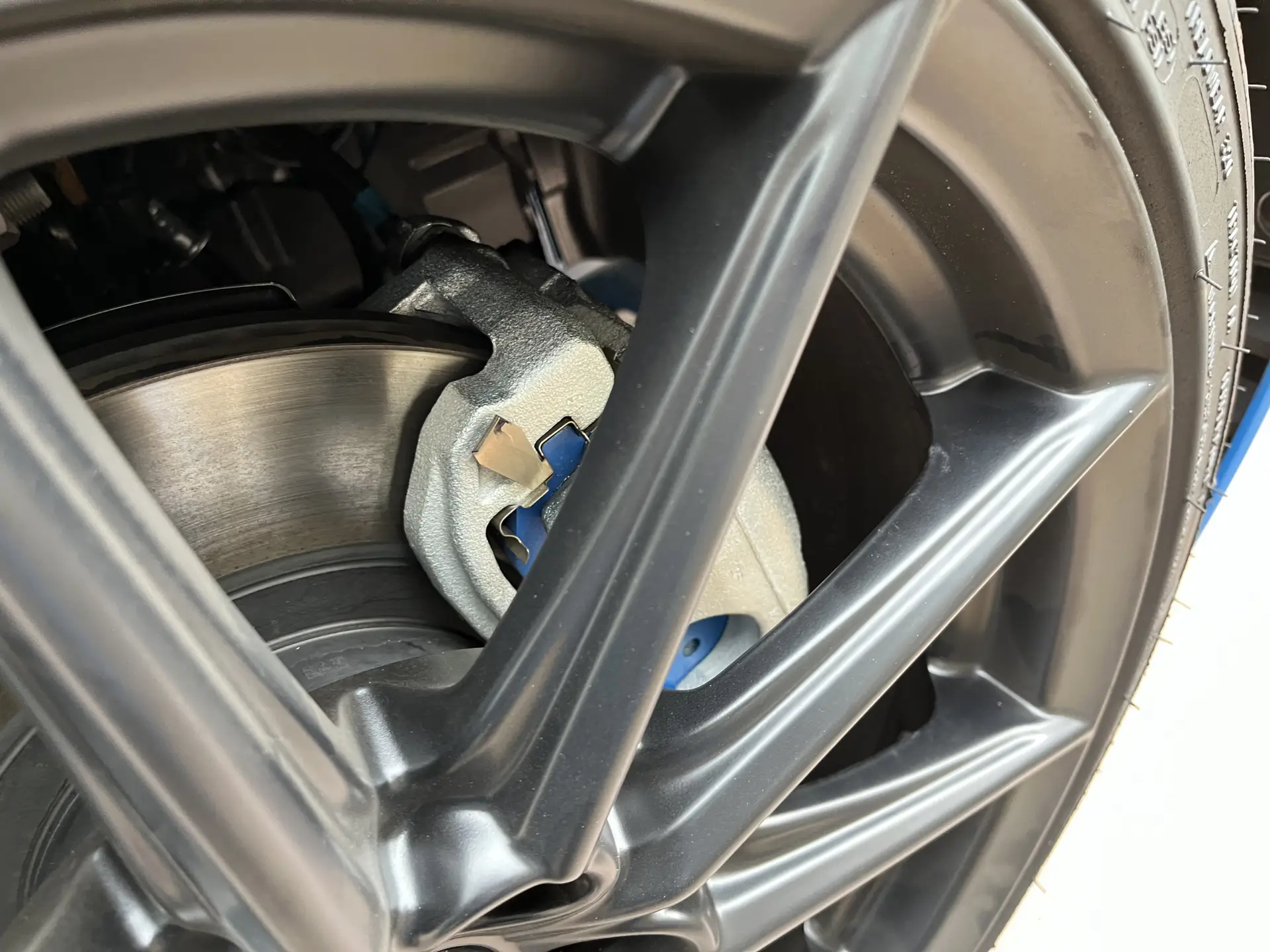When you think about stopping your car, your mind probably goes straight to the brakes. While brake pads, rotors, and calipers are essential, they are only one half of the equation. No matter how powerful your brakes are, their effectiveness is completely dependent on your tires. Your tires are the only part of your vehicle that actually touches the road, and they provide the crucial traction needed to slow down. Understanding the connection between tire condition and braking efficiency is the first step toward true vehicle safety.
The Foundation of Braking: Traction
Braking is a process of converting kinetic energy (the energy of motion) into thermal energy (heat) through friction. The brake system creates the force, but your tires transmit that force to the road. This happens through traction, which is the grip or friction between the tires and the road surface. Therefore, if your tires cannot grip the road, the force from your brakes becomes useless, and your car will skid or slide.
The Critical Role of Tire Tread
Tire tread isn’t just a design feature; it’s a critical safety component. The grooves and channels in the tread are designed to perform two key functions:
- Dry Roads: On a dry surface, the tread pattern flexes and grips the microscopic imperfections of the road, providing the necessary traction for acceleration and braking.
- Wet Roads: In wet conditions, the tread channels water away from the tire’s contact patch. This prevents aquaplaning (or hydroplaning), a dangerous condition where a layer of water lifts the tire off the road, causing a complete loss of steering and braking control.
A worn-out tire with little tread cannot perform these functions. Consequently, your stopping distance will dramatically increase, especially in the rain.
Why Tire Pressure Matters
Proper tire pressure is vital for braking efficiency. When a tire is inflated to the correct pressure, it maintains its designed shape and provides a consistent, optimal “contact patch”—the small area of rubber touching the road.
- Under-Inflation: An under-inflated tire distorts and causes a larger, less stable contact patch. This reduces traction and can also cause uneven wear.
- Over-Inflation: An over-inflated tire makes the contact patch much smaller and less effective. Furthermore, it places more pressure on the center of the tread, reducing overall grip and making the tire more susceptible to damage.
For this reason, it is crucial to check your tire pressure regularly and inflate them to the level recommended in your vehicle’s owner’s manual.
The Impact of Tire Age and Type
Even with a healthy tread, old tires can compromise your braking. Over time, the rubber compounds in a tire harden and lose elasticity, which reduces their ability to grip the road.
Additionally, using the wrong type of tire for the conditions can be dangerous. Winter tires, for example, have a softer rubber compound that remains flexible in cold temperatures. All-season tires, on the other hand, become hard and lose grip in freezing conditions, severely increasing your stopping distance.
Conclusion: Brakes and Tires, a Non-Negotiable Team
In conclusion, your car’s braking system is only as good as the tires you put on it. The best brake pads in the world are useless if they are paired with bald, under-inflated, or old tires. Therefore, proactive tire maintenance—including checking tread depth, monitoring pressure, and replacing old tires—is a non-negotiable part of vehicle safety. Always remember to check all four tires. They are the final, and most critical, link in your car’s stopping chain.





